Home>Renovation & DIY>Home Renovation Guides>What Type Of Caulk To Use For Backsplash
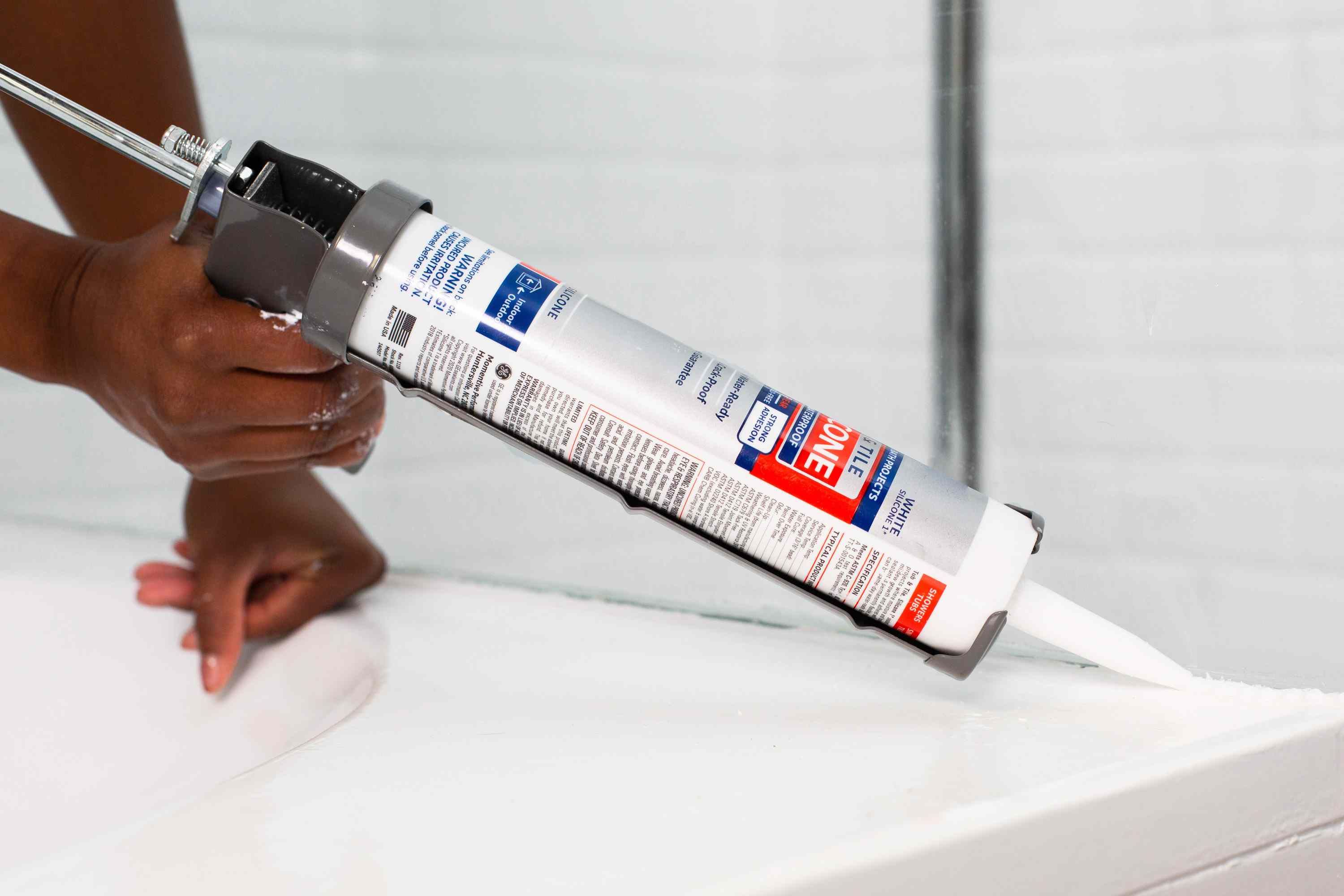

Home Renovation Guides
What Type Of Caulk To Use For Backsplash
Modified: February 18, 2024
Learn about the best type of caulk to use for your backsplash in our comprehensive home renovation guide. Make the right choice for a seamless and durable finish.
(Many of the links in this article redirect to a specific reviewed product. Your purchase of these products through affiliate links helps to generate commission for Storables.com, at no extra cost. Learn more)
Introduction
When it comes to home renovation projects, the devil is often in the details. One such detail that can make a significant impact on the overall look and functionality of your kitchen or bathroom is the choice of caulk for your backsplash. Caulk not only serves as a sealant to prevent water damage and mold growth but also plays a crucial role in enhancing the aesthetic appeal of your backsplash.
In this comprehensive guide, we will explore the different types of caulk commonly used for backsplashes, shedding light on their unique properties and best applications. Whether you're a seasoned DIY enthusiast or a first-time renovator, understanding the characteristics of each caulk type will empower you to make an informed decision and achieve professional-looking results.
So, let's dive into the world of caulk and discover which type is the best fit for your backsplash project.
Key Takeaways:
- Choose silicone caulk for your backsplash for durability, mold resistance, and color options. It’s perfect for high-traffic areas and humid environments, but painting over it can be challenging.
- Consider acrylic caulk for a versatile, easy-to-use option that is paintable and offers moisture resistance. It’s a practical choice for achieving a polished and resilient backsplash that complements your style.
Read more: What Type Of Caulk For Bathtub
Silicone Caulk
Silicone caulk is a popular choice for backsplashes due to its exceptional durability and water-resistant properties. Composed of silicone polymers, this type of caulk offers a high level of flexibility, making it ideal for areas prone to movement and moisture exposure. Its impressive adhesive strength allows for a secure and long-lasting bond, ensuring that your backsplash remains intact and free from water seepage.
One of the standout features of silicone caulk is its resistance to mold and mildew, making it a reliable option for environments with high humidity, such as kitchens and bathrooms. This attribute not only contributes to the longevity of the caulk but also promotes a healthier indoor environment by preventing the growth of harmful microorganisms.
Furthermore, silicone caulk is available in a wide range of colors, enabling seamless integration with various backsplash materials and designs. Whether you have a sleek modern kitchen or a rustic-inspired bathroom, you can find a silicone caulk color that complements your aesthetic vision.
When applying silicone caulk, it's essential to ensure that the surface is clean and dry to facilitate optimal adhesion. Additionally, using a caulking gun can help achieve a precise and uniform application, resulting in a professional finish.
While silicone caulk offers numerous benefits, it's important to note that it can be challenging to paint over due to its water-resistant nature. Therefore, if you anticipate the need for color changes in the future, consider using a different type of caulk or select a silicone caulk specifically formulated for paintability.
In summary, silicone caulk stands out as a top choice for backsplashes, thanks to its durability, flexibility, resistance to mold, and versatile color options. By leveraging the strengths of silicone caulk, you can safeguard your backsplash against water damage while adding a touch of style to your living space.
Acrylic Caulk
Acrylic caulk is a versatile and widely used option for backsplashes, valued for its ease of application and paintability. Composed of acrylic polymers suspended in water, this type of caulk offers a user-friendly solution for sealing and finishing backsplash installations.
One of the key advantages of acrylic caulk is its smooth and pliable consistency, which facilitates effortless application and shaping. Whether you're filling gaps between tiles or sealing the edges of your backsplash, acrylic caulk can be manipulated with precision to achieve a seamless and professional-looking finish. Its ability to adhere well to a variety of surfaces, including ceramic, porcelain, and laminate, makes it a go-to choice for many DIY enthusiasts and professionals alike.
Another notable benefit of acrylic caulk is its paintability. Unlike silicone caulk, which poses challenges when it comes to painting over, acrylic caulk readily accepts paint, allowing you to customize the color to match your backsplash or overall decor. This feature provides flexibility and creative freedom, enabling you to achieve a cohesive and harmonious look in your kitchen or bathroom.
In addition to its ease of use and paint-friendly nature, acrylic caulk offers good resistance to moisture, making it suitable for backsplashes in areas prone to splashes and humidity. While it may not be as water-resistant as silicone caulk, acrylic caulk provides adequate protection against minor water exposure, contributing to the longevity and integrity of your backsplash.
When applying acrylic caulk, it's important to ensure that the surface is clean and free from dust and debris. This preparation step sets the stage for optimal adhesion and a professional finish. Utilizing a caulking gun can also streamline the application process, allowing for controlled dispensing and precise placement of the caulk.
In summary, acrylic caulk emerges as a practical and versatile choice for backsplashes, offering ease of application, paintability, and adequate moisture resistance. By harnessing the qualities of acrylic caulk, you can achieve a polished and resilient backsplash that complements your personal style and enhances the functionality of your living space.
Use a silicone-based caulk for your backsplash. It is waterproof, flexible, and will adhere well to both tile and countertop materials. Make sure to choose a color that matches your grout for a seamless look.
Latex Caulk
Latex caulk, also known as acrylic latex caulk, is a popular choice for backsplashes and other interior applications due to its versatility and ease of use. Composed of acrylic polymers suspended in water, latex caulk offers a practical solution for sealing gaps and joints in backsplash installations, providing both functional and aesthetic benefits.
One of the primary advantages of latex caulk is its user-friendly nature, making it accessible to DIY enthusiasts and professionals alike. Its smooth and pliable consistency allows for effortless application, enabling individuals to achieve a clean and precise finish when sealing the edges of their backsplashes. Whether you're working with ceramic, porcelain, or laminate tiles, latex caulk adheres well to a variety of surfaces, ensuring a secure and durable seal.
Furthermore, latex caulk is renowned for its paintability, offering the flexibility to customize the color to match the backsplash or overall decor. This feature empowers homeowners to exercise creative freedom, seamlessly integrating the caulk with the design scheme of their kitchen or bathroom. By choosing a latex caulk that complements the color palette of the backsplash, individuals can achieve a cohesive and harmonious look, elevating the visual appeal of the space.
In addition to its ease of application and paint-friendly properties, latex caulk provides good resistance to moisture, making it suitable for backsplashes in areas prone to splashes and humidity. While it may not offer the same level of water resistance as silicone caulk, latex caulk effectively protects against minor water exposure, contributing to the longevity and integrity of the backsplash.
When applying latex caulk, proper surface preparation is essential to ensure optimal adhesion and a professional finish. Thoroughly cleaning the area and removing any debris or old caulk residues sets the stage for a successful application. Utilizing a caulking gun can also facilitate precise dispensing and placement of the caulk, resulting in a neat and uniform seal along the edges of the backsplash.
In summary, latex caulk emerges as a practical and versatile choice for backsplashes, offering ease of application, paintability, and adequate moisture resistance. By leveraging the qualities of latex caulk, individuals can achieve a polished and resilient backsplash that complements their personal style and enhances the functionality of their living space.
Polyurethane Caulk
Polyurethane caulk is a versatile and durable option for sealing backsplashes, renowned for its exceptional strength and resilience. Composed of polyurethane polymers, this type of caulk offers a robust solution for addressing the sealing and waterproofing needs of backsplash installations, making it a preferred choice for both DIY enthusiasts and professionals.
One of the standout features of polyurethane caulk is its unparalleled durability, making it well-suited for high-traffic areas and environments exposed to moisture and temperature fluctuations. Its impressive adhesive strength and resistance to wear and tear ensure a long-lasting and reliable seal along the edges of the backsplash, providing essential protection against water infiltration and damage. Whether in a bustling kitchen or a frequently used bathroom, polyurethane caulk stands up to the demands of daily use, maintaining its integrity and effectiveness over time.
Furthermore, polyurethane caulk exhibits excellent flexibility, allowing it to accommodate the natural movement of building materials without compromising its sealing properties. This flexibility is particularly advantageous in environments where structural shifts or settling may occur, as the caulk can adapt to these changes, preventing gaps and maintaining a secure seal. Additionally, its ability to withstand expansion and contraction due to temperature variations further enhances its suitability for backsplashes in diverse climates and conditions.
In terms of water resistance, polyurethane caulk excels in providing a reliable barrier against moisture, making it an ideal choice for backsplashes in areas prone to splashes and humidity. Its ability to repel water effectively safeguards the underlying surfaces from potential damage, contributing to the longevity and structural integrity of the backsplash. This feature is particularly valuable in kitchens and bathrooms, where maintaining a watertight seal is essential for preventing mold growth and preserving the condition of the surrounding walls and cabinetry.
When applying polyurethane caulk, it's important to ensure proper surface preparation, including cleaning and drying the area to promote optimal adhesion. Utilizing a caulking gun can facilitate precise dispensing and application, allowing for a uniform and professional finish. Additionally, following manufacturer guidelines regarding curing time and application techniques is crucial to achieving the desired results and maximizing the performance of the caulk.
In summary, polyurethane caulk emerges as a top-tier choice for backsplashes, offering exceptional durability, flexibility, and water resistance. By harnessing the strengths of polyurethane caulk, individuals can secure their backsplashes with a resilient and long-lasting seal, ensuring both functional protection and aesthetic enhancement in their living spaces.
Read more: How To Caulk Countertop And Backsplash
Conclusion
In conclusion, the choice of caulk for your backsplash is a pivotal decision that can significantly impact the longevity, functionality, and visual appeal of your kitchen or bathroom. Each type of caulk, whether it's silicone, acrylic, latex, or polyurethane, offers distinct properties and advantages, catering to different needs and preferences. By understanding the unique characteristics of each caulk type, you can make an informed decision that aligns with your specific project requirements and aesthetic vision.
Silicone caulk stands out as a top contender for backsplashes, boasting exceptional durability, flexibility, resistance to mold, and a wide range of color options. Its ability to withstand moisture and movement makes it an ideal choice for high-traffic areas and environments prone to humidity. While silicone caulk may pose challenges when it comes to painting over, its long-lasting performance and protective qualities make it a popular option for backsplash installations.
Acrylic caulk offers a versatile and user-friendly solution for sealing backsplashes, with its smooth consistency, ease of application, and paintability. This type of caulk provides a practical choice for DIY enthusiasts and professionals seeking a customizable and resilient seal. Its compatibility with various surfaces and moisture resistance make it a reliable option for enhancing the appearance and functionality of backsplashes.
Latex caulk, known for its ease of use, paintability, and moisture resistance, presents a practical and accessible choice for sealing gaps and joints in backsplash installations. Its ability to adhere well to different materials and accept paint allows for seamless integration with the overall design scheme, empowering homeowners to achieve a cohesive and polished look in their living spaces.
Polyurethane caulk emerges as a robust and durable option for sealing backsplashes, offering exceptional strength, flexibility, and water resistance. Its ability to withstand wear and tear, movement, and moisture exposure makes it well-suited for demanding environments, ensuring a long-lasting and reliable seal along the edges of the backsplash.
In making your decision, consider the specific requirements of your backsplash project, including the level of moisture exposure, the desired color and finish, and the overall aesthetic goals. By carefully evaluating the attributes of each caulk type and aligning them with your project needs, you can confidently select the most suitable caulk for your backsplash, ultimately enhancing the beauty and functionality of your living space for years to come.
Frequently Asked Questions about What Type Of Caulk To Use For Backsplash
Was this page helpful?
At Storables.com, we guarantee accurate and reliable information. Our content, validated by Expert Board Contributors, is crafted following stringent Editorial Policies. We're committed to providing you with well-researched, expert-backed insights for all your informational needs.
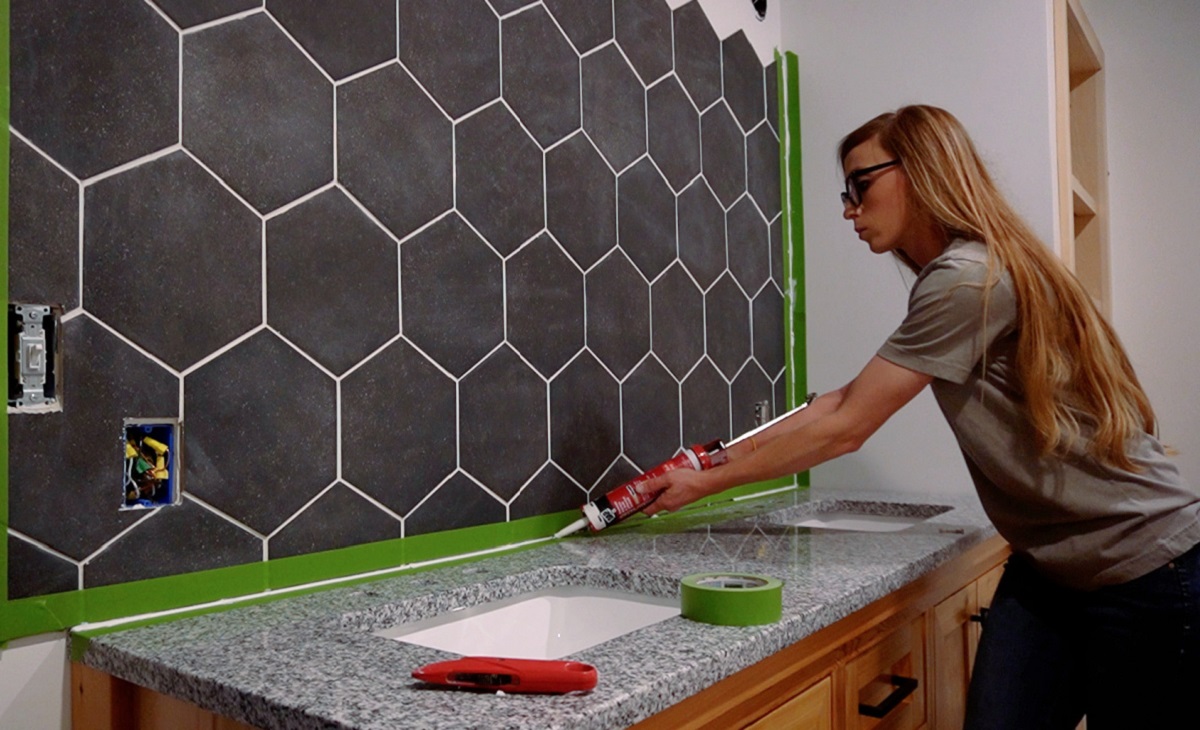
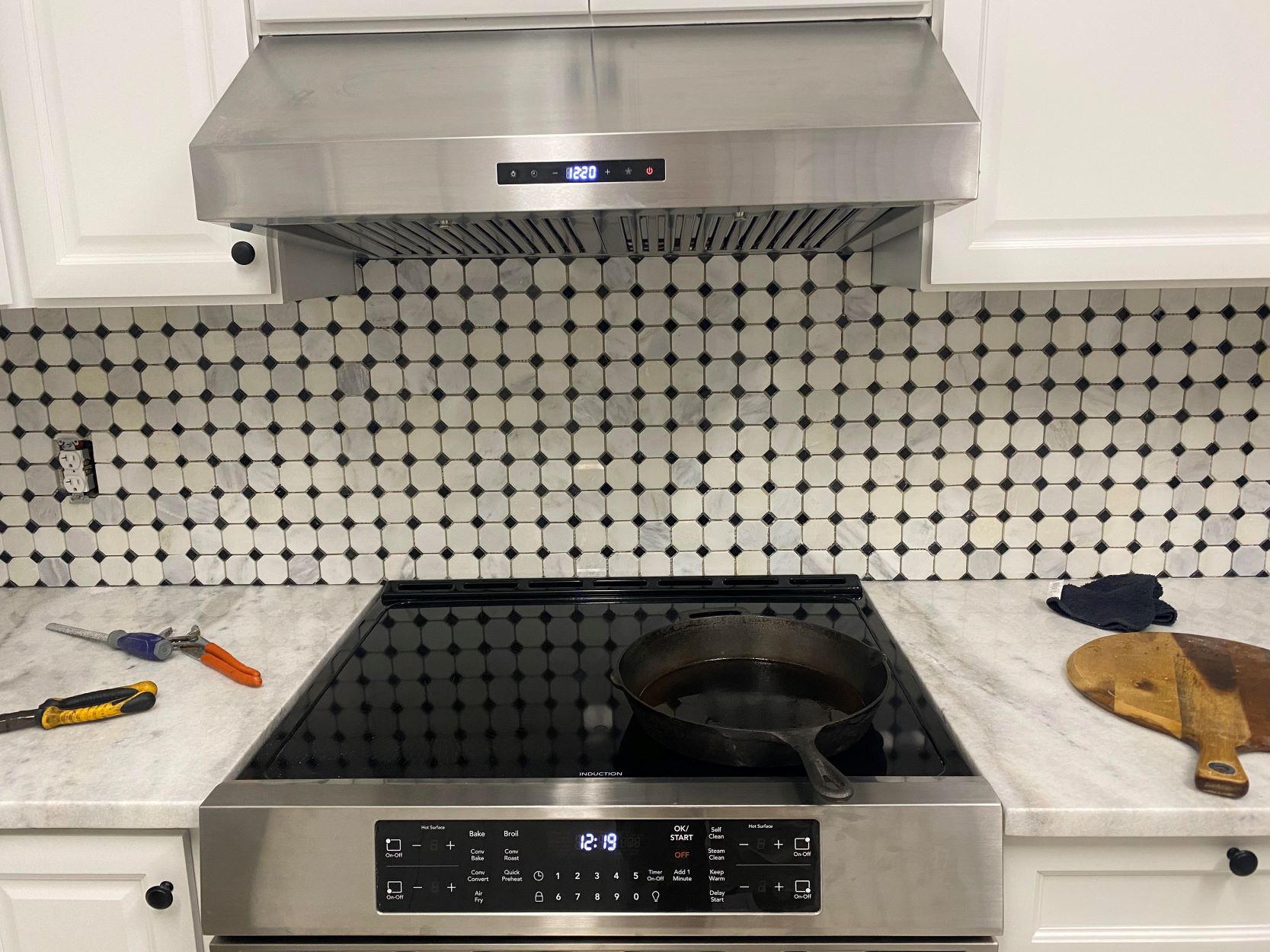
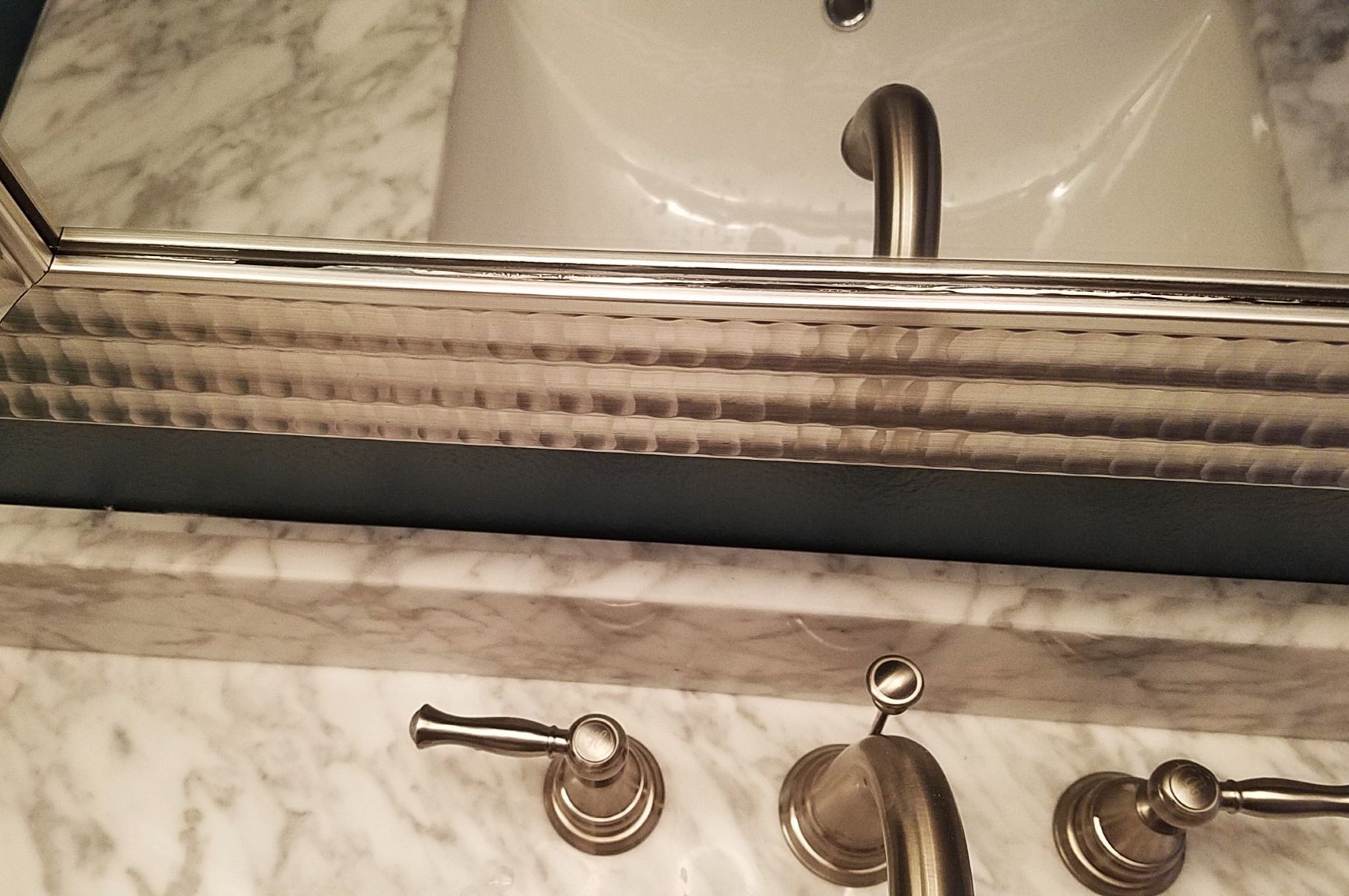
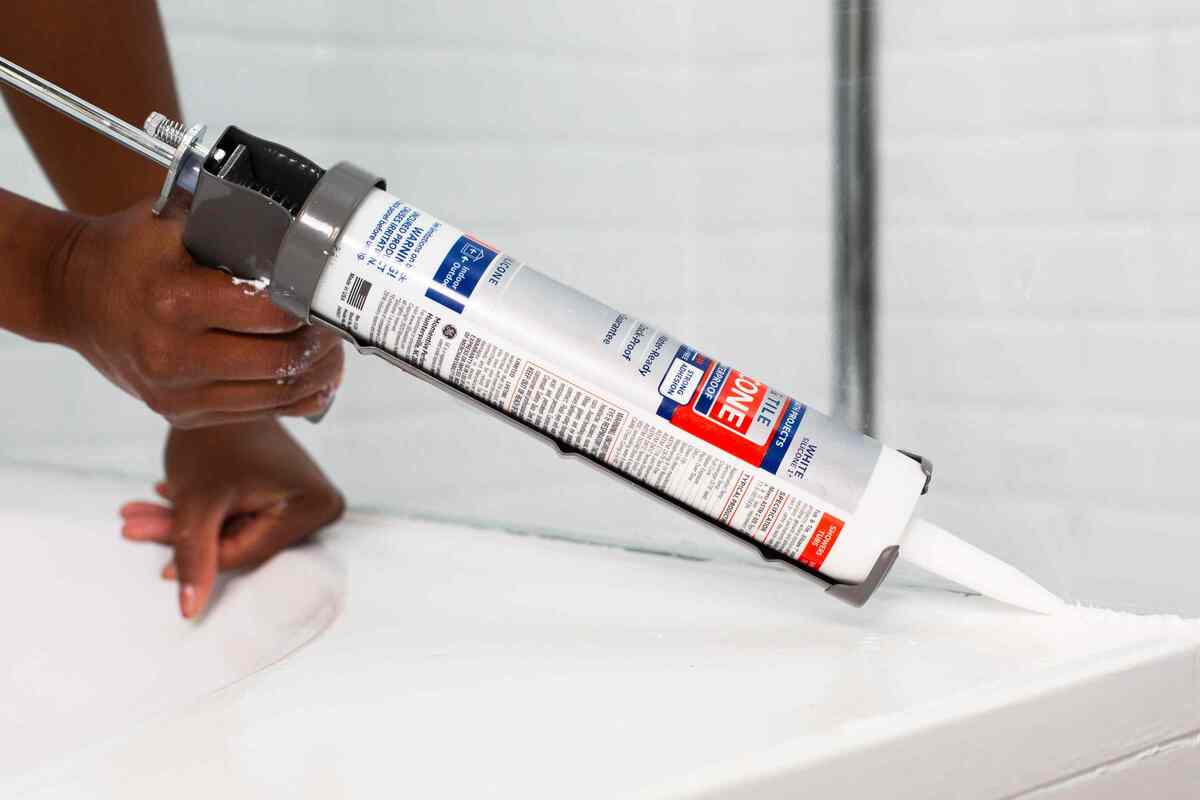
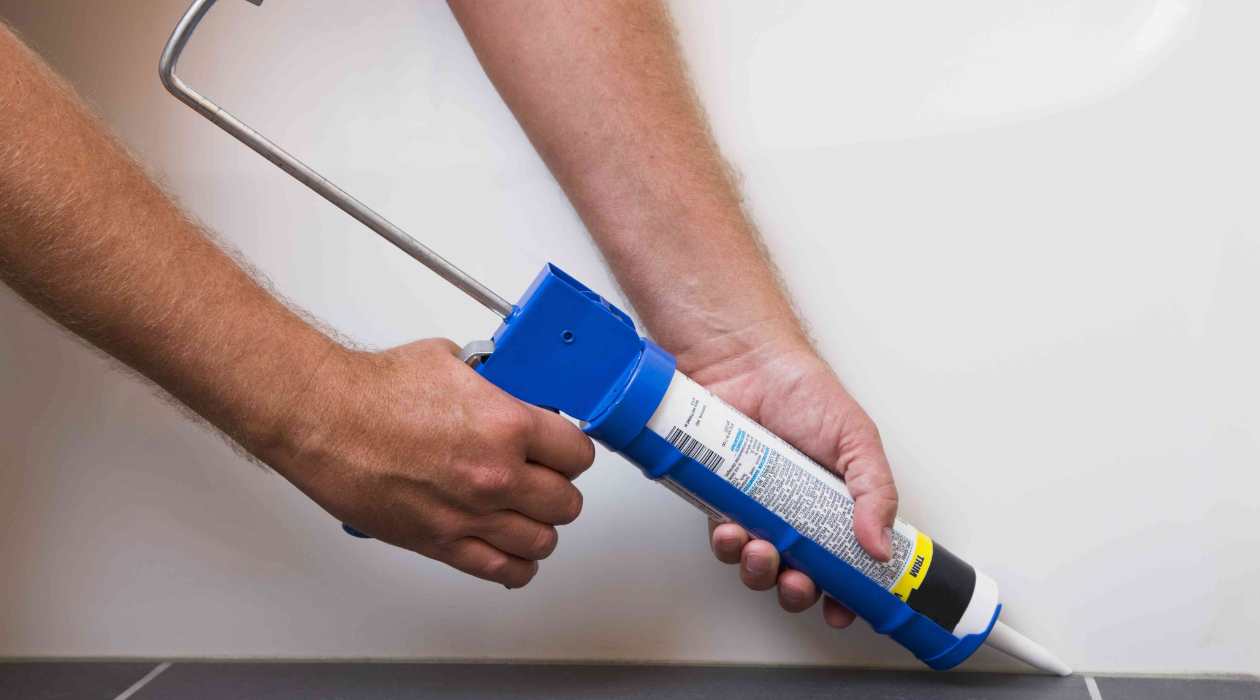
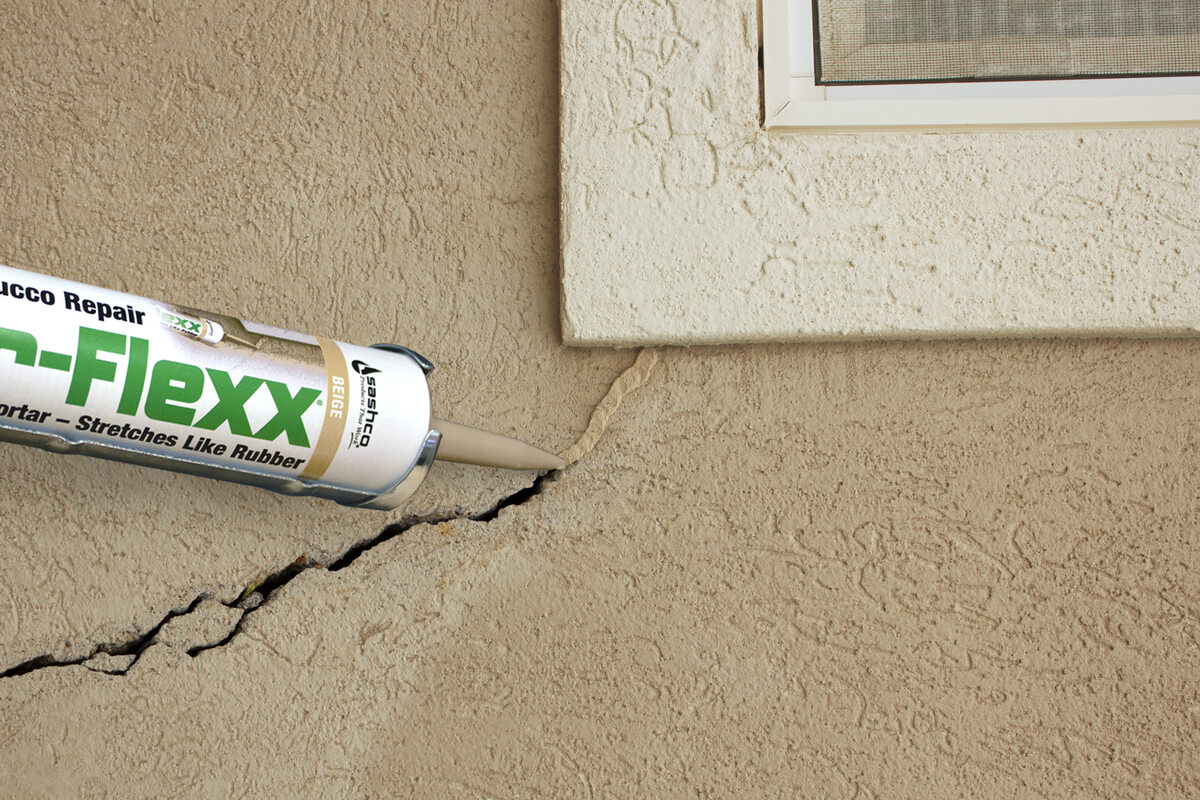
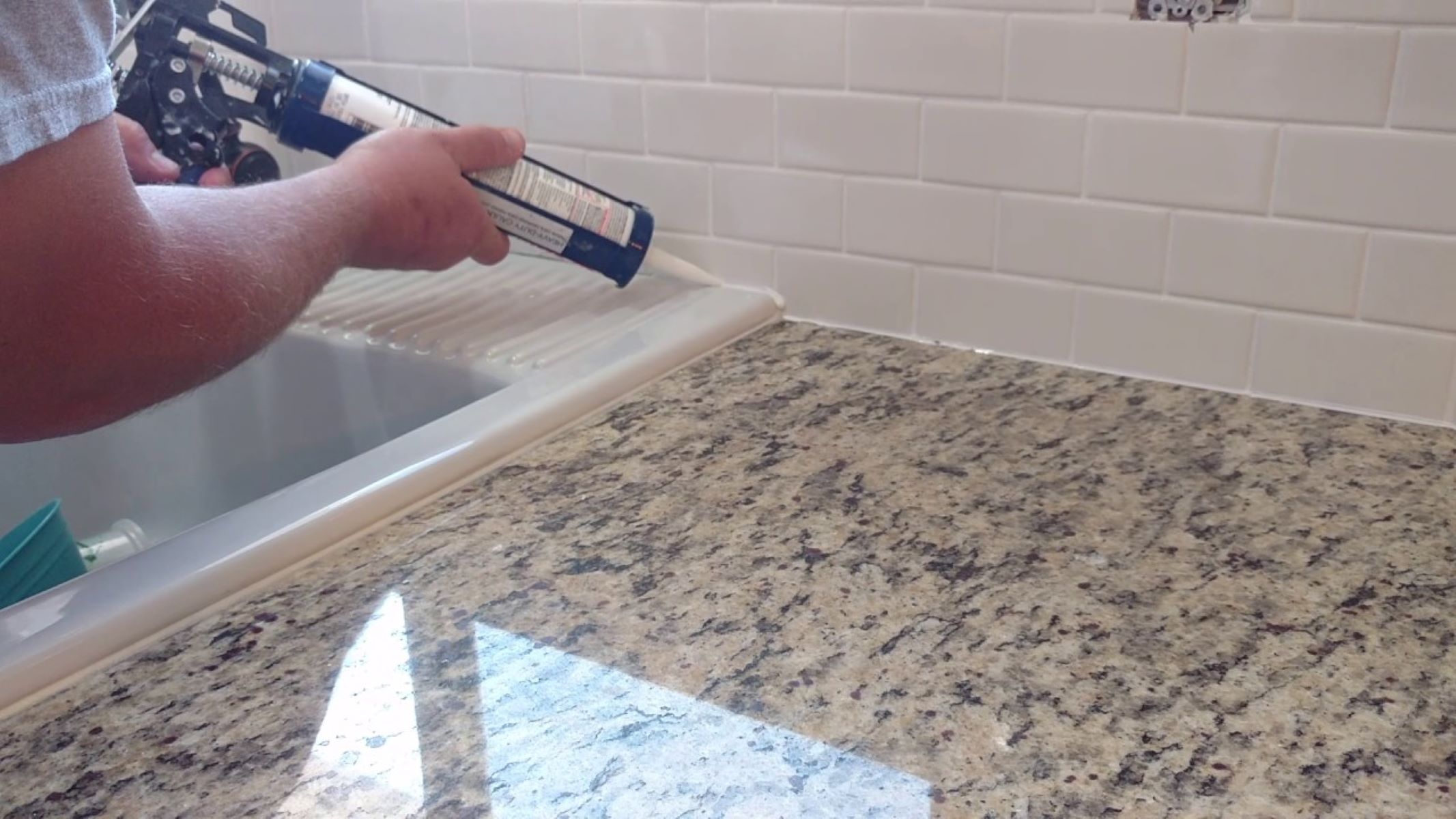
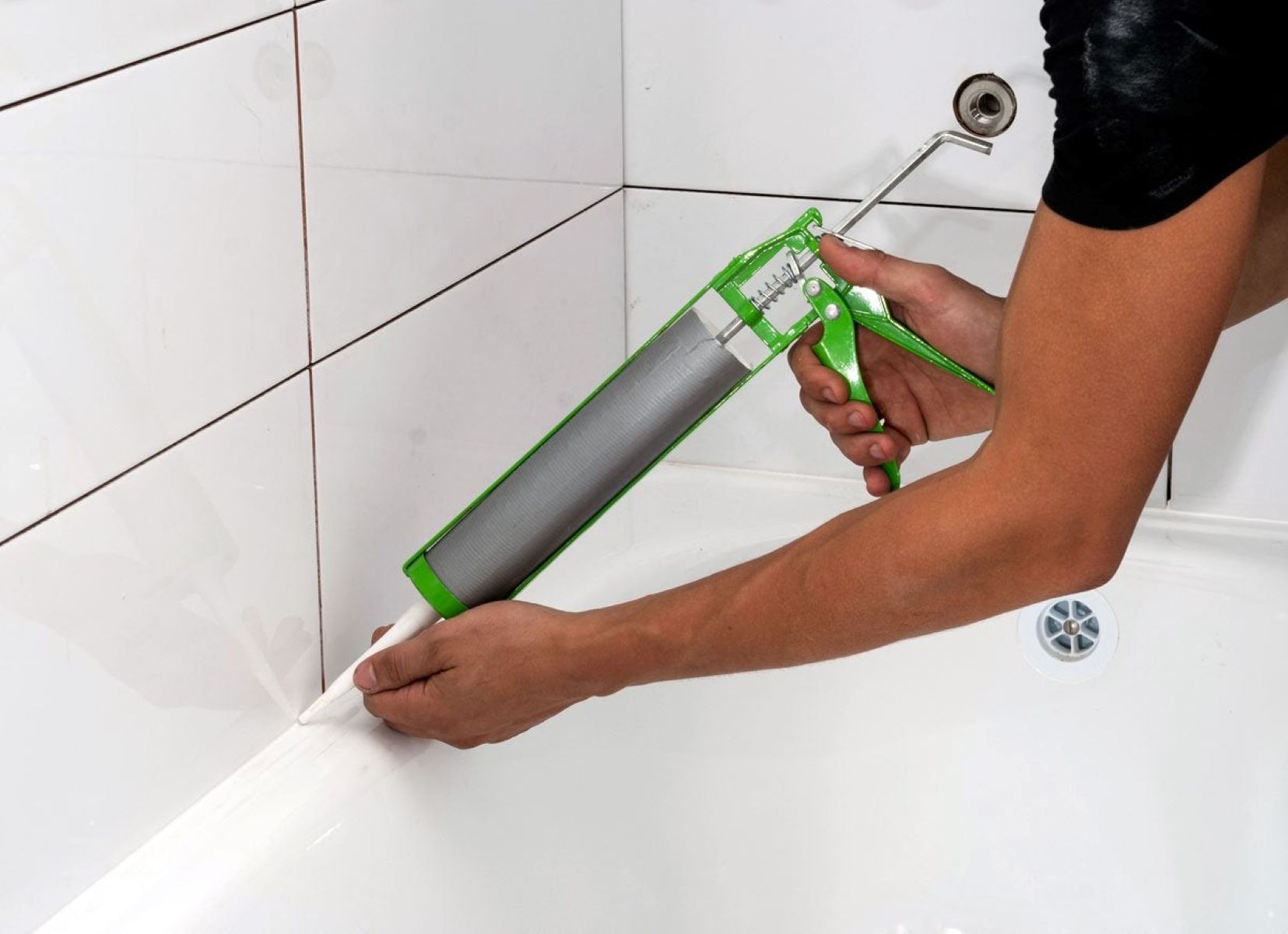
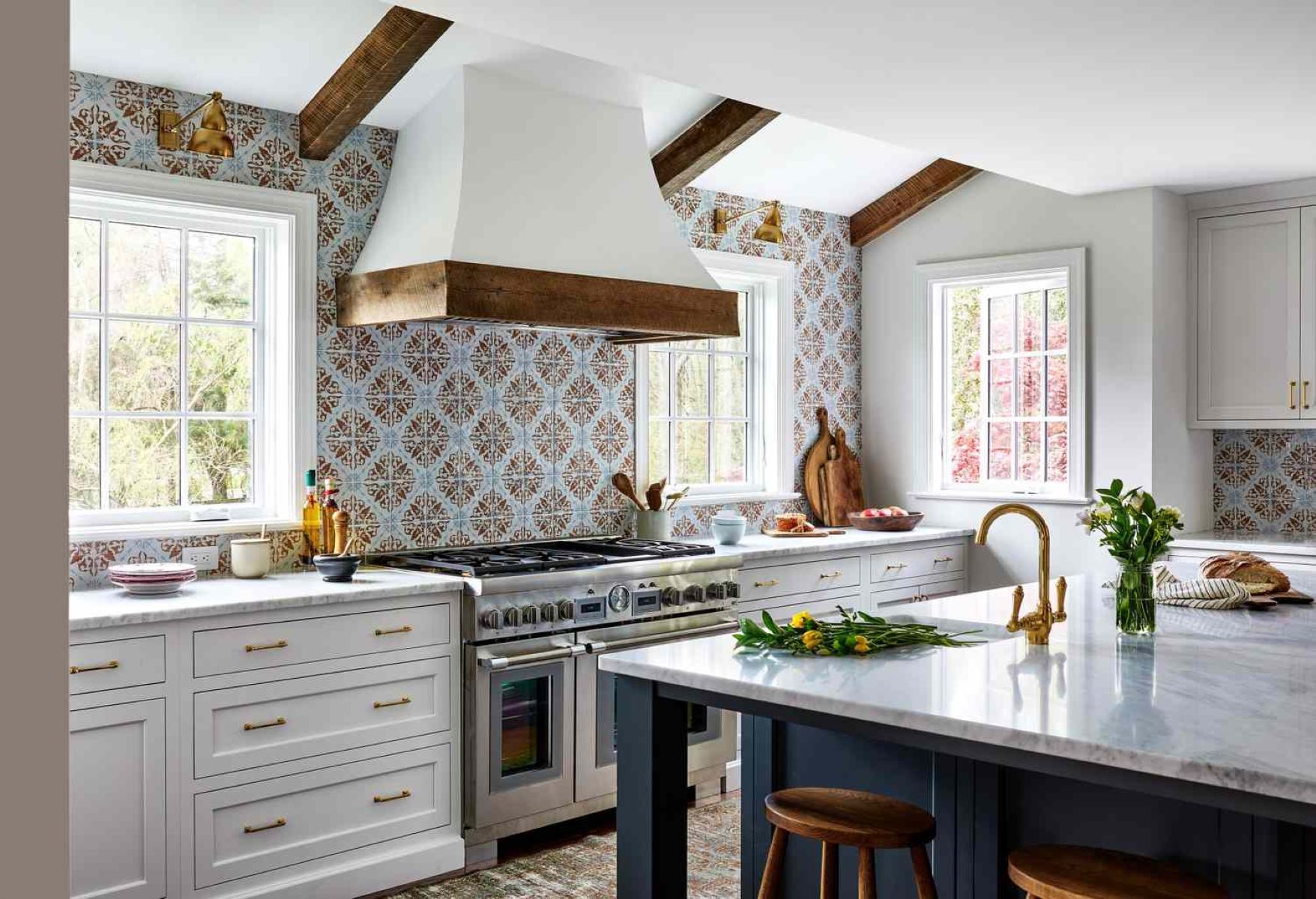
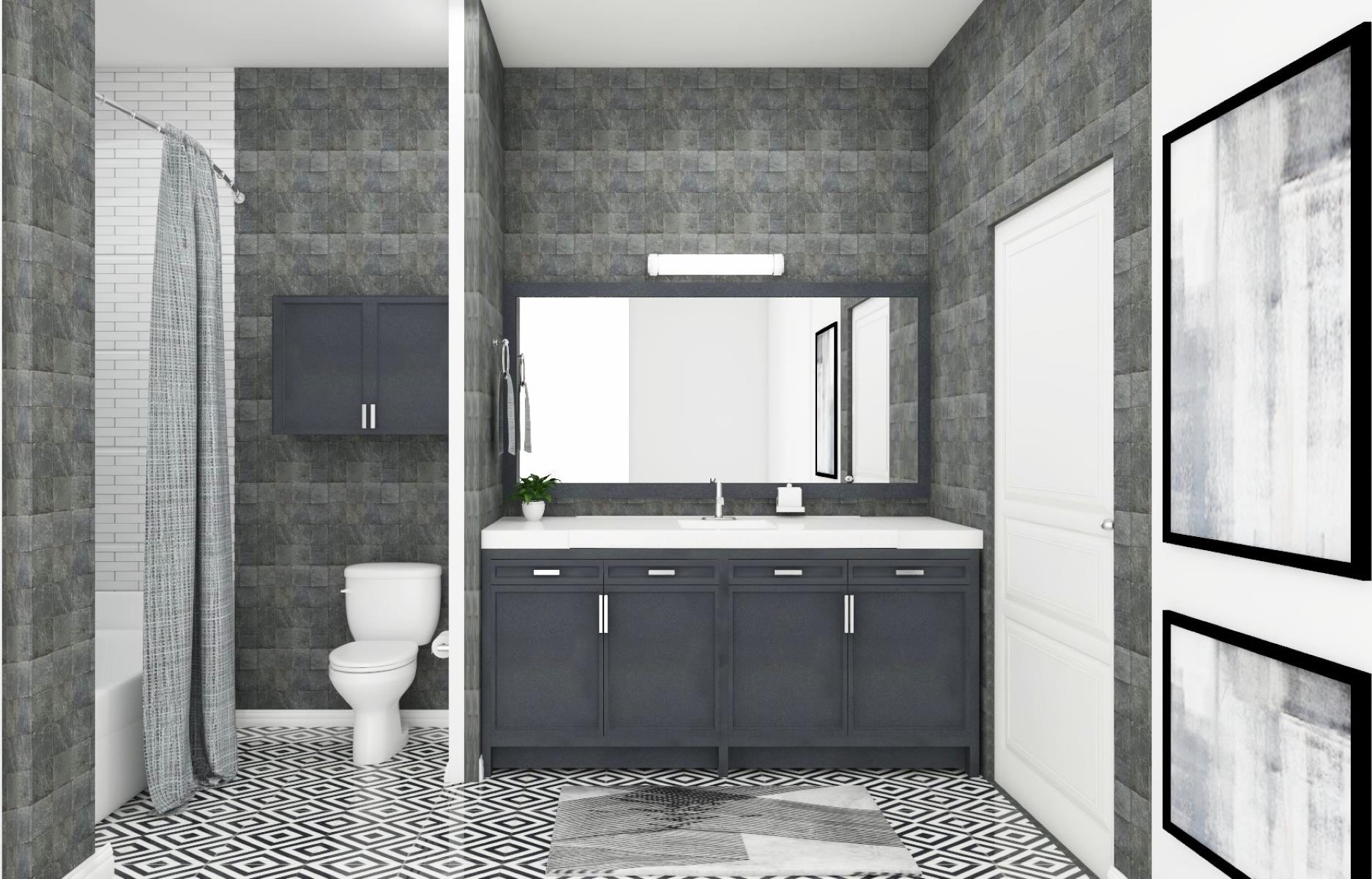
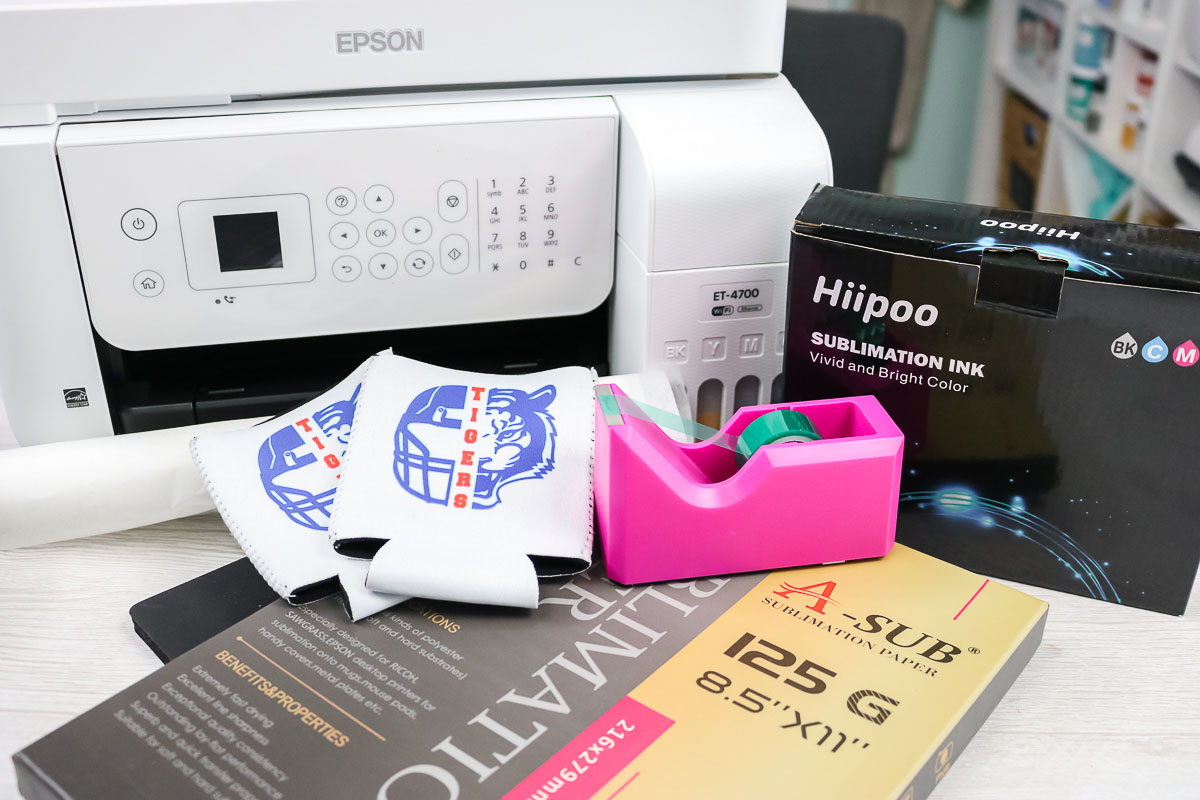
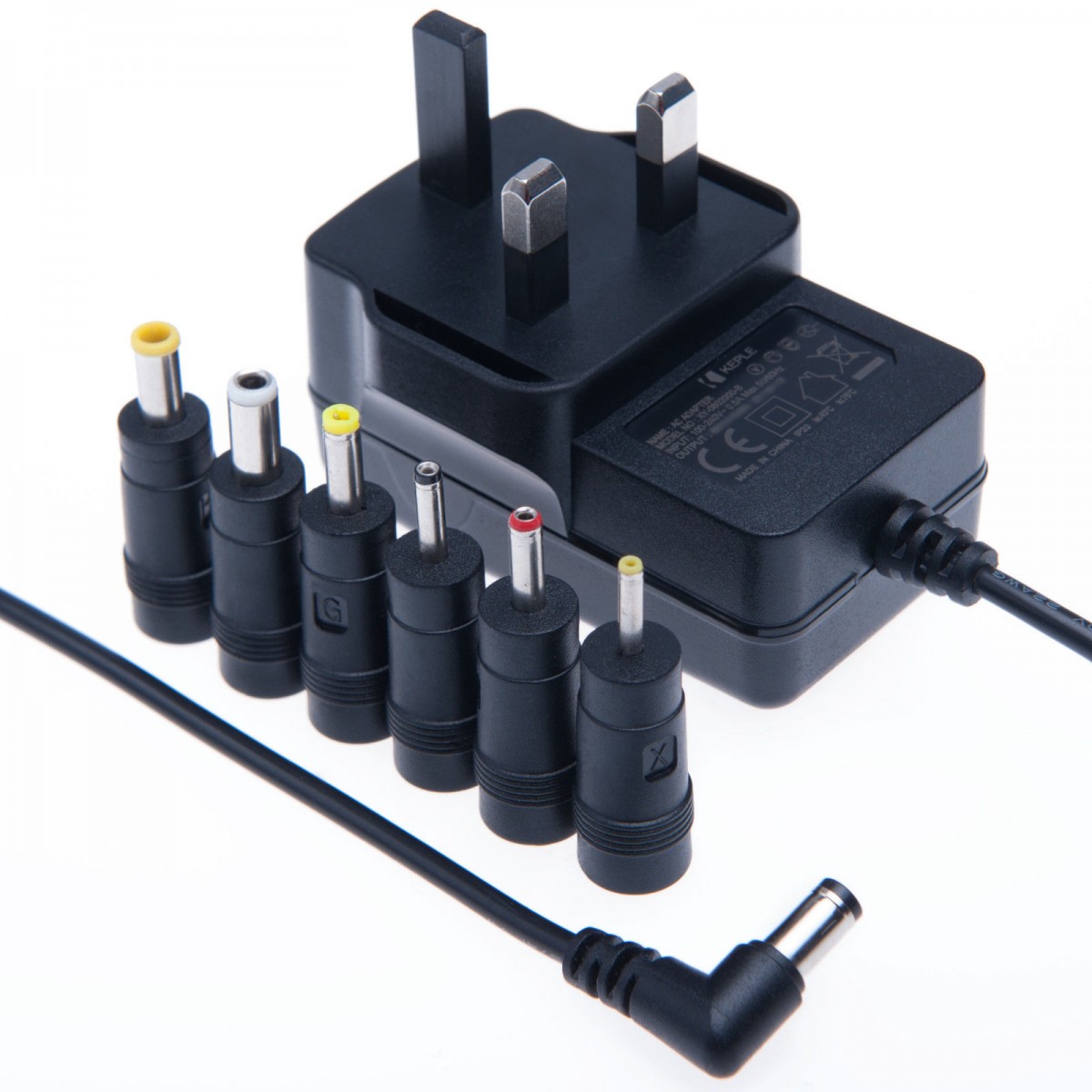
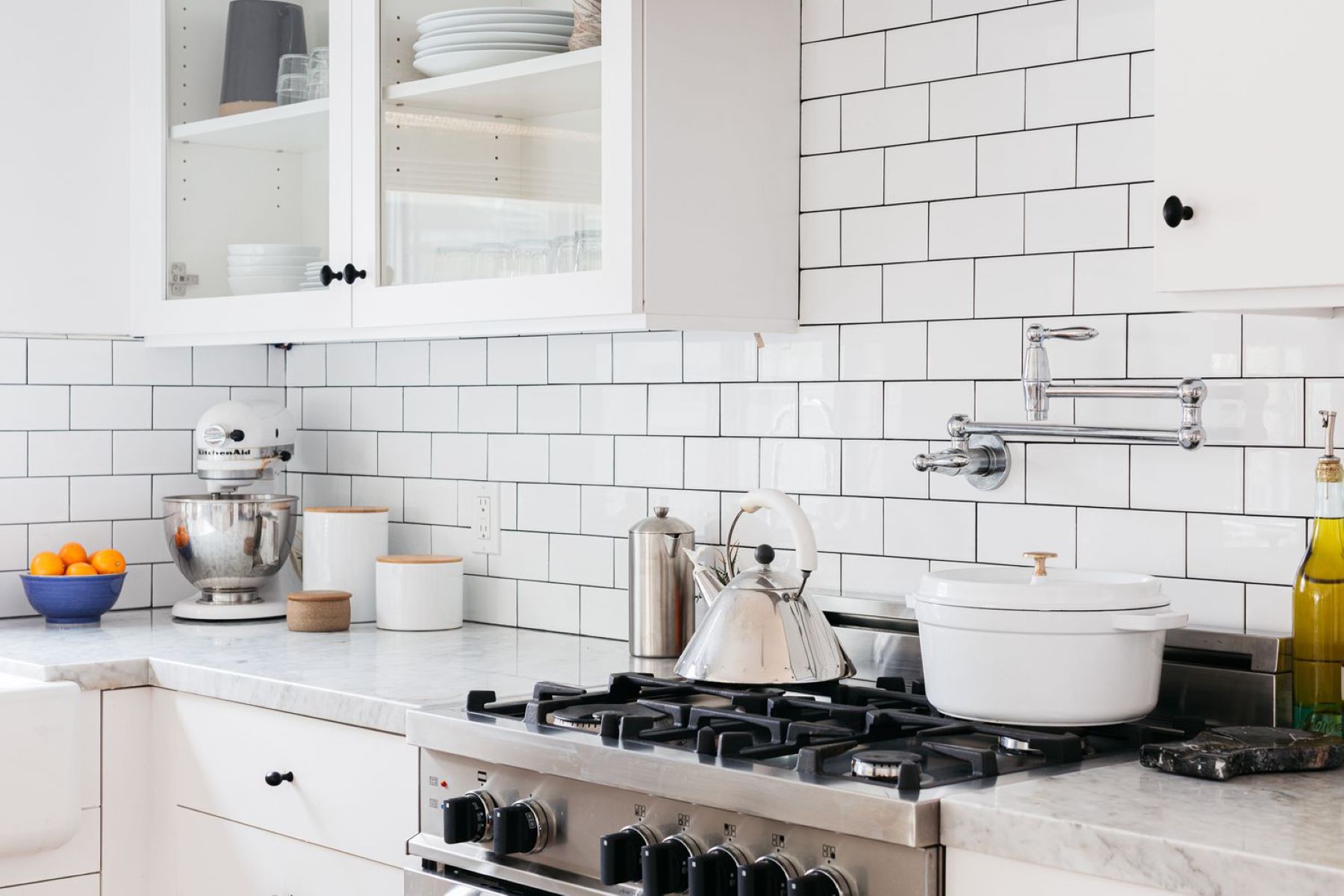
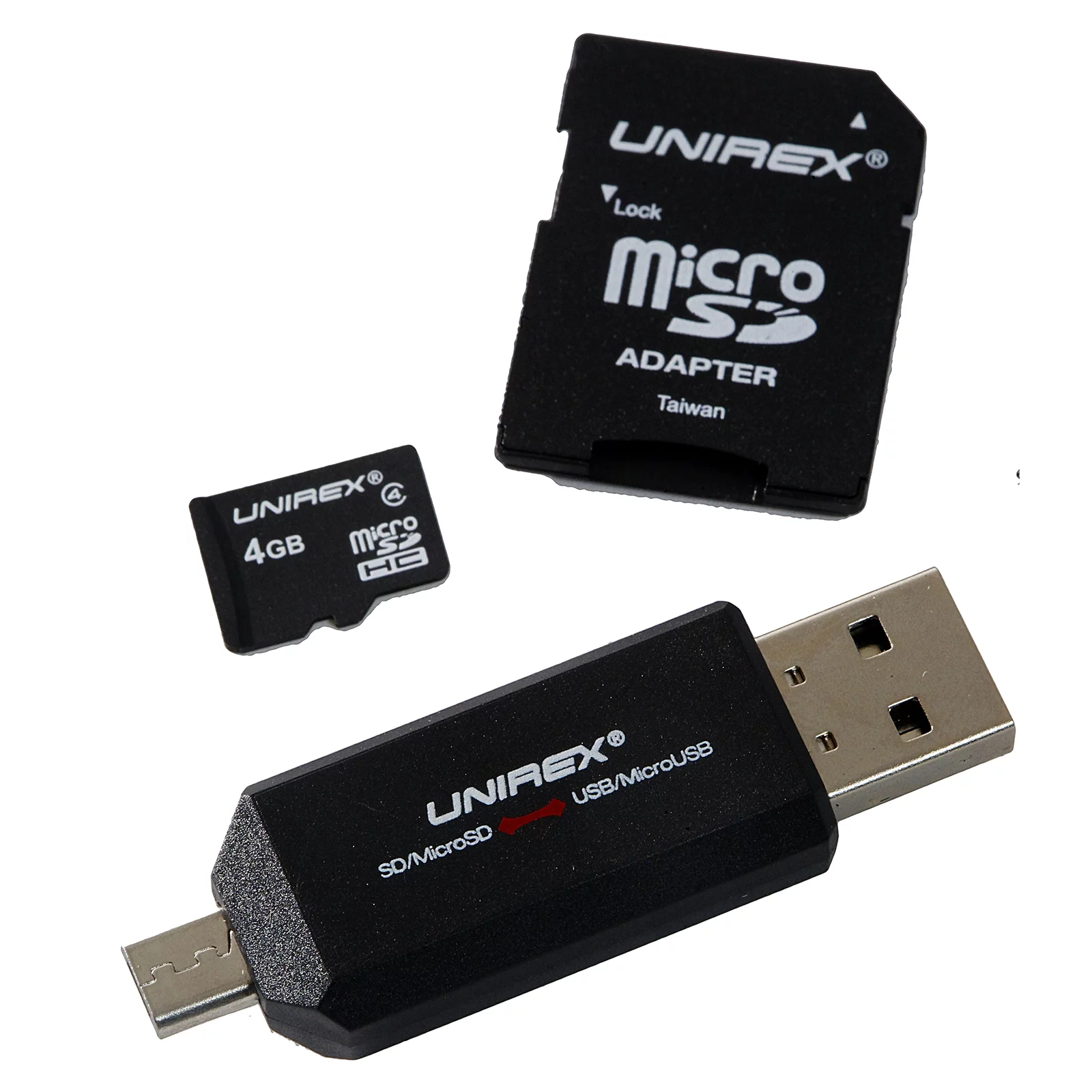

0 thoughts on “What Type Of Caulk To Use For Backsplash”